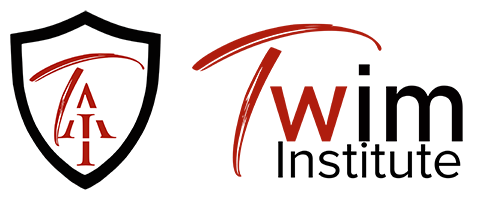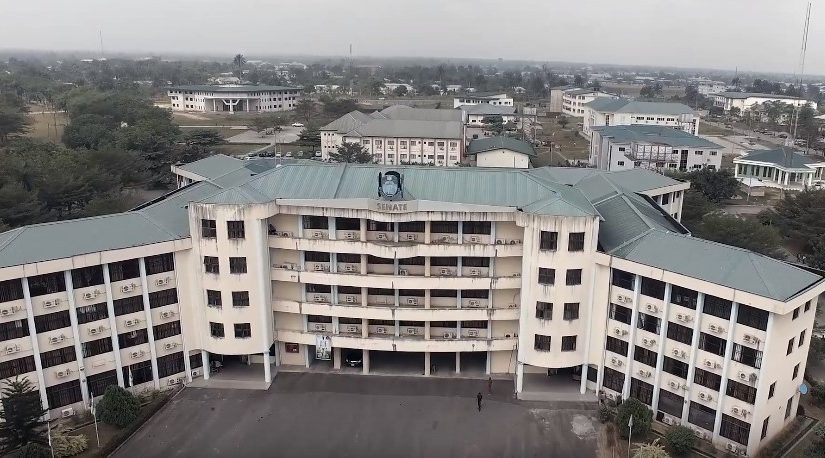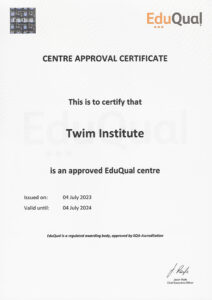For a good number of people in Nigeria, getting into the university after completing secondary school is a must. Indeed, it would not be far-fetched to say that many students who are unable to gain admission when they reach this stage are pressured by their peers and the society at large to get into school in any way possible.
Sadly, however, getting into school is not that easy.
Over 2 million candidates registered for the UTME in 2020. There were just over 600,000 higher education slots available to put them into.
For starters, candidates have to apply through the Joint Admissions Matriculations Board (JAMB) and perhaps write the dreaded Unified Tertiary Matriculation Examinations (UTME). If they pass these exams, they proceed to write post-UTME examinations which are set by the chosen institutions of higher learning. Those who score above the required cut-off marks are supposed to be automatically eligible for admission but sadly, it is not that straightforward.
The “long-leg” factor comes in. Many students have complained about being exempted from admission lists despite meeting the requirements while less qualified candidates who knew the right people were awarded the slots.
Another problem is the “quota system” law that requires federal universities to award slots to students from academically less-developed regions even when they do not meet up with the general cut-off marks. While this seems to have its own merits and can help students from such regions to pursue higher education, it does have the downside of discouraging candidates who would have otherwise been qualified on merit.
A similar problem to the above is the idea of “catchment areas”, which account for about 35 percent of admissions. Preference is given to students from the “catchment areas” of an institution.
So, what are solutions you can explore if you are among the millions of youths looking to gain admission?
Find out in our next post!





